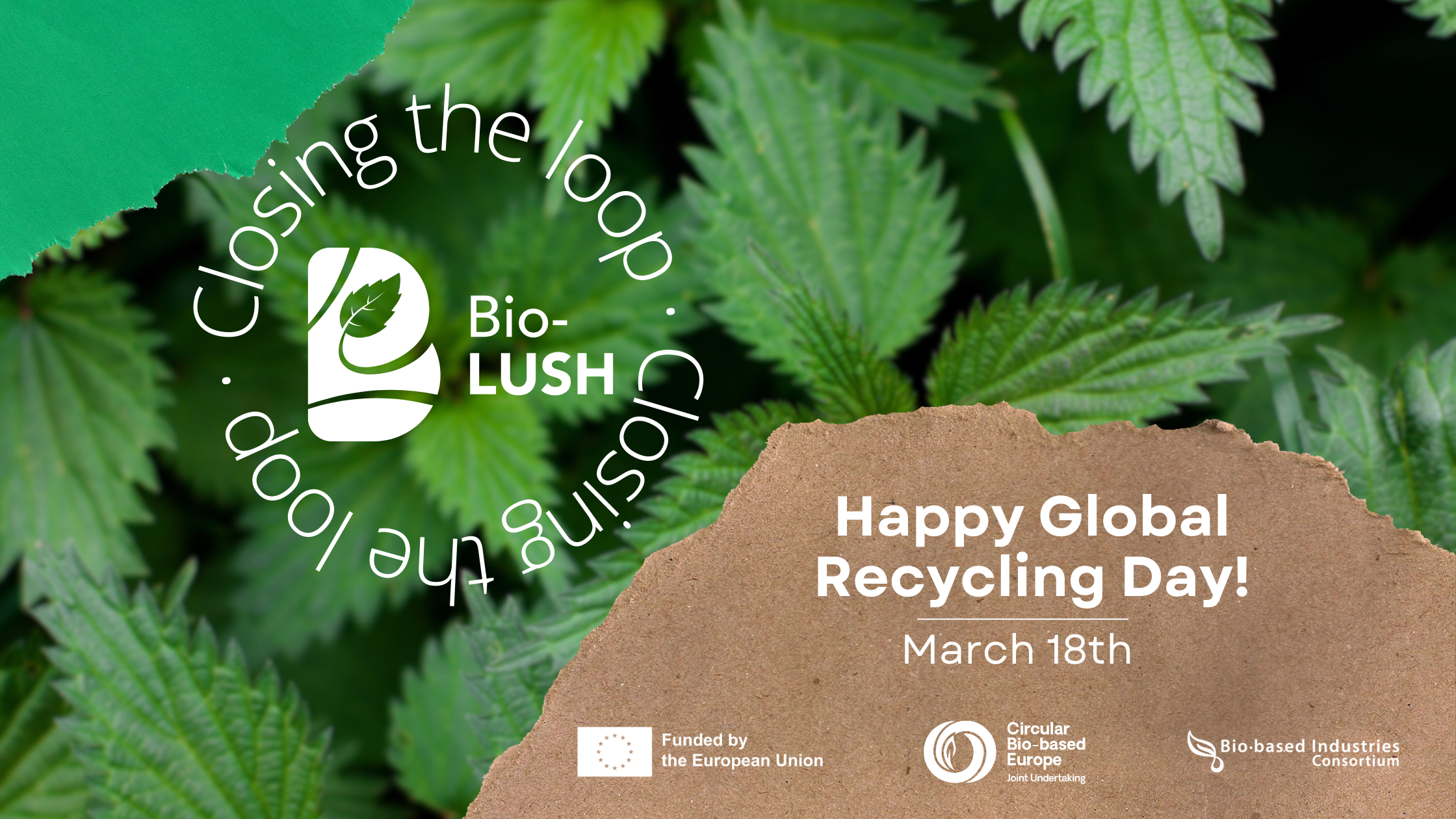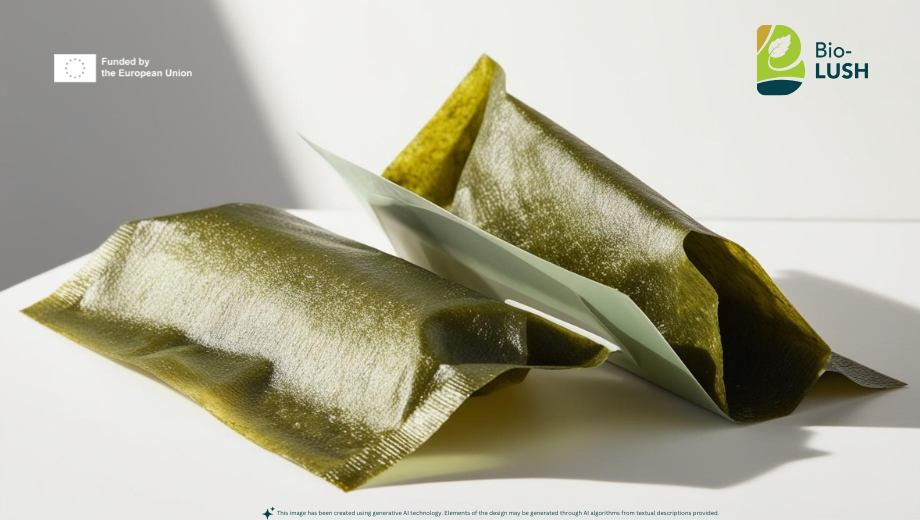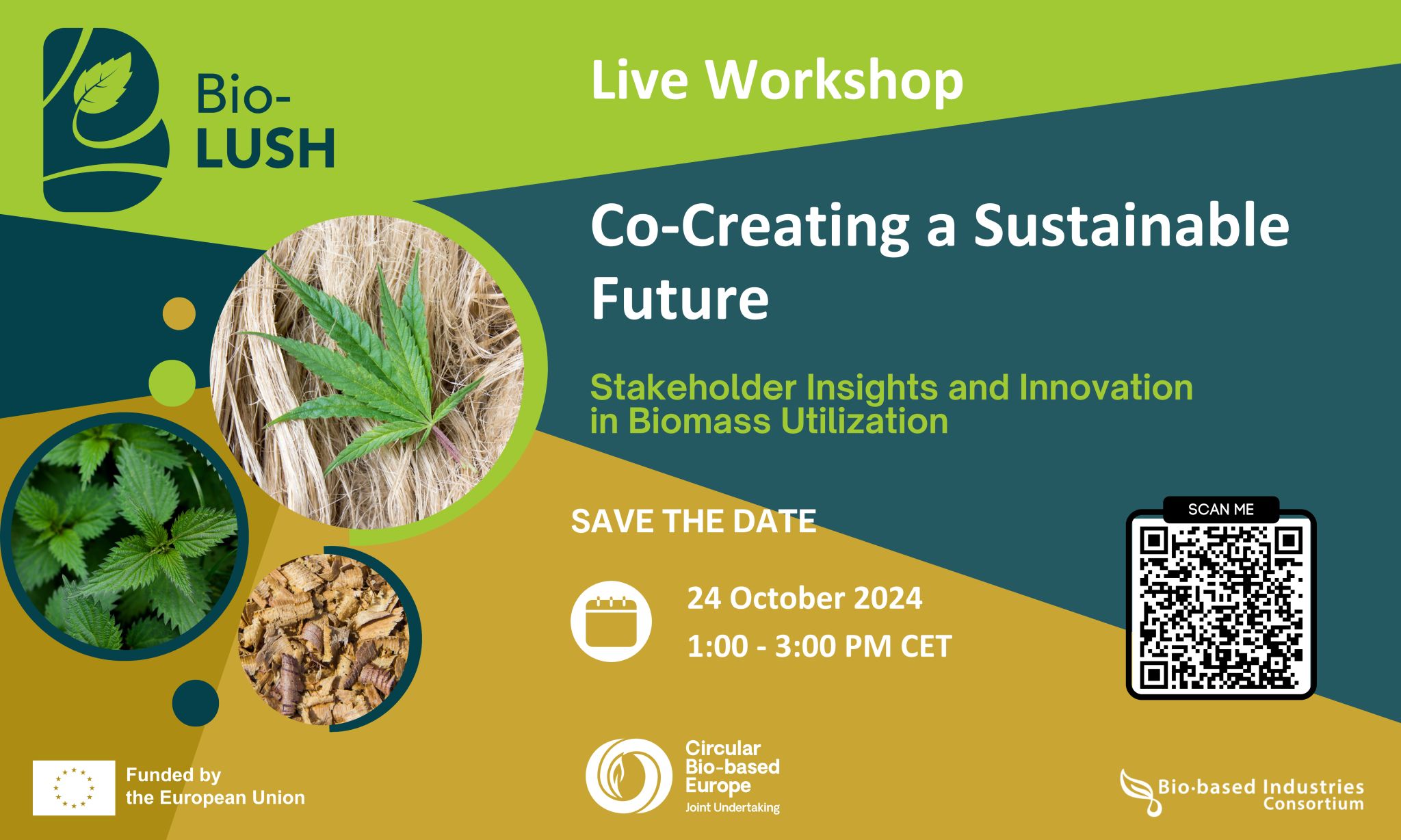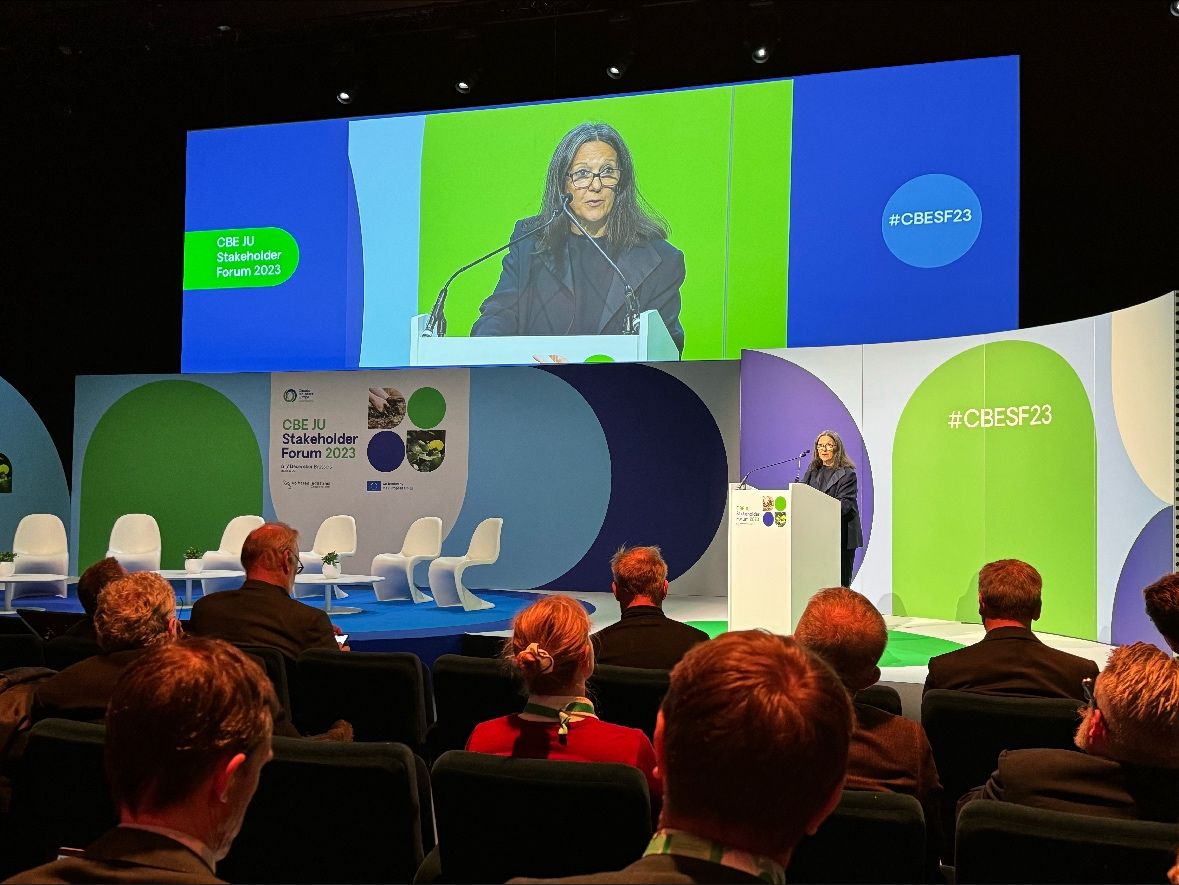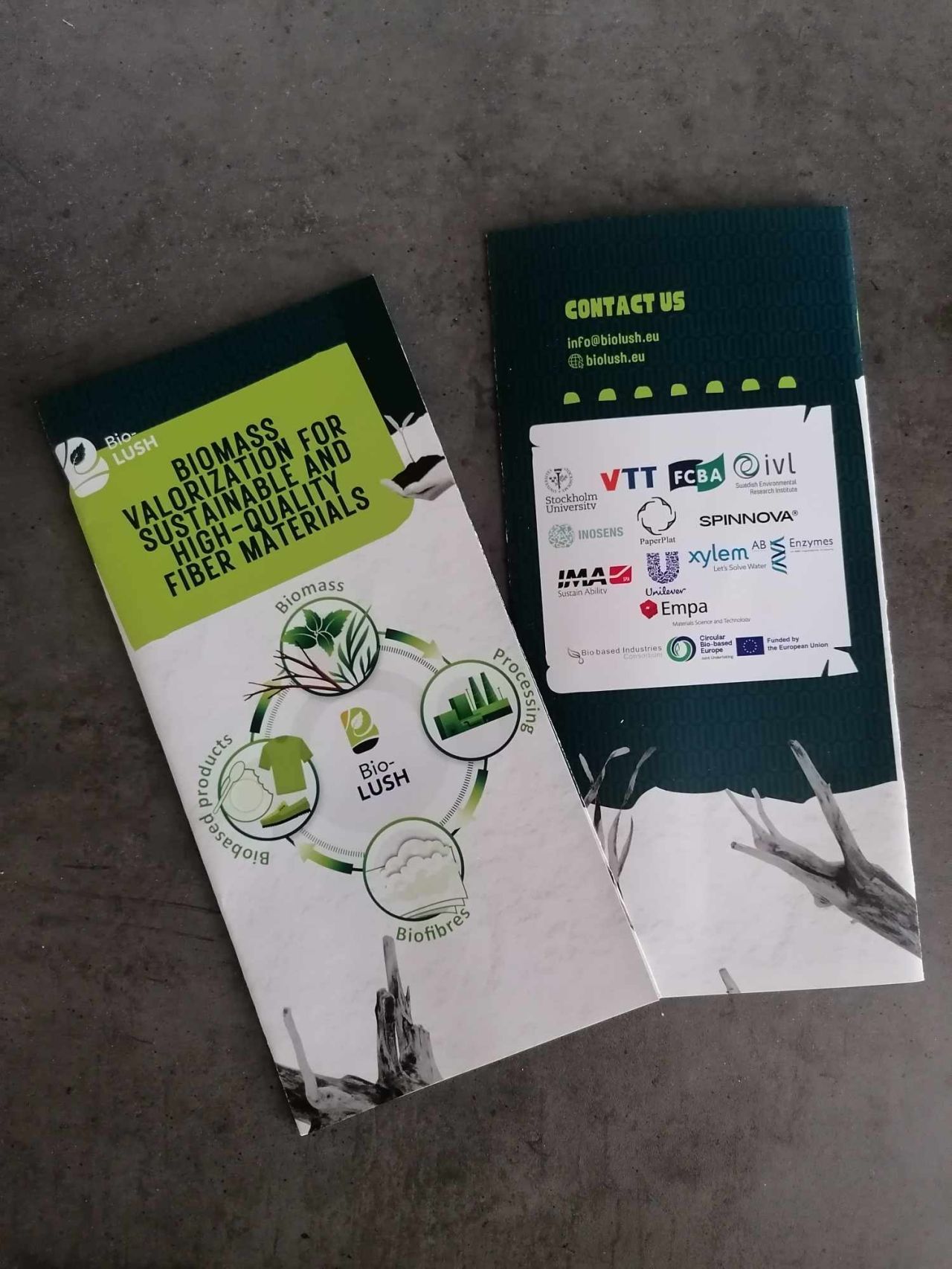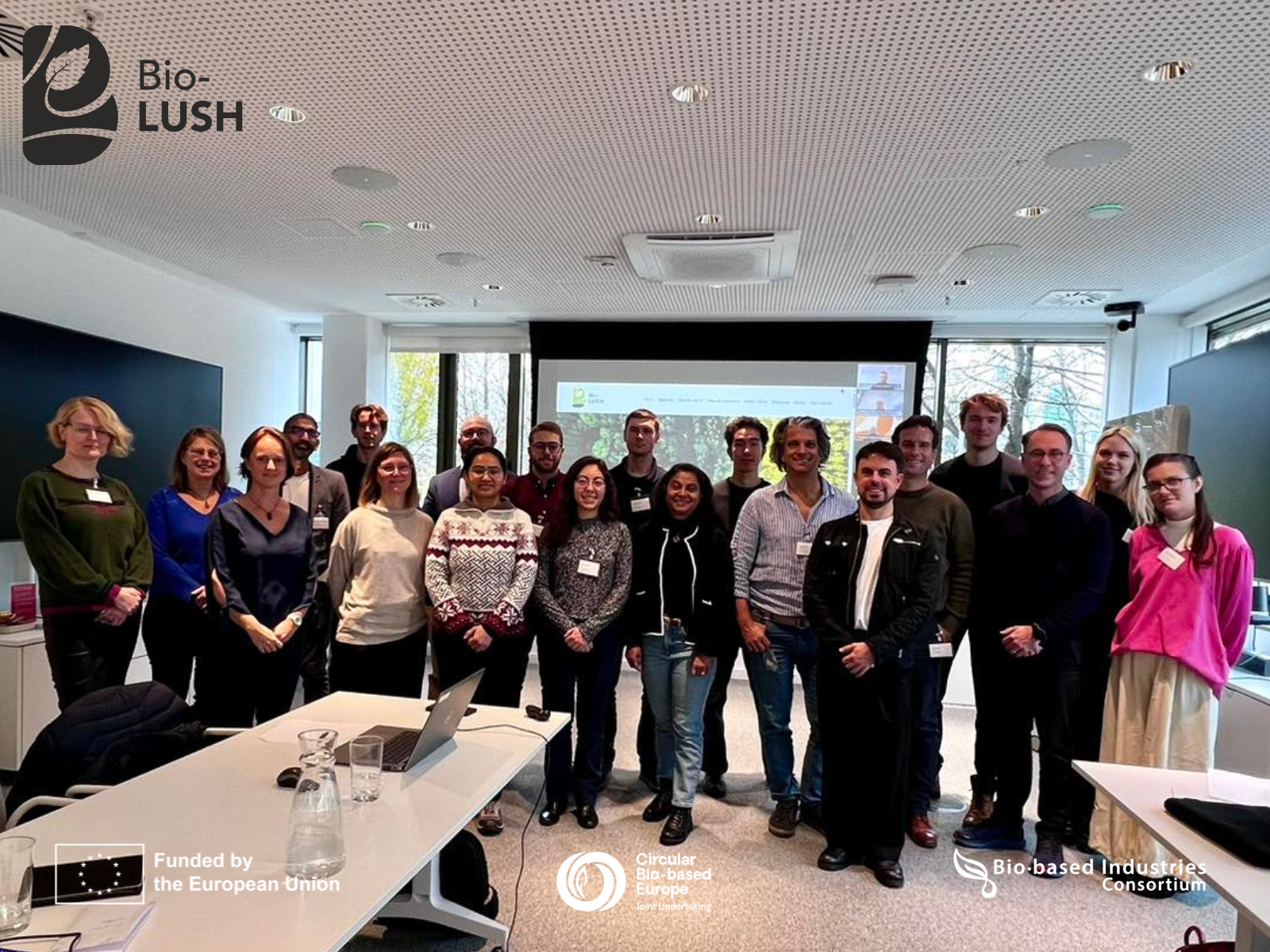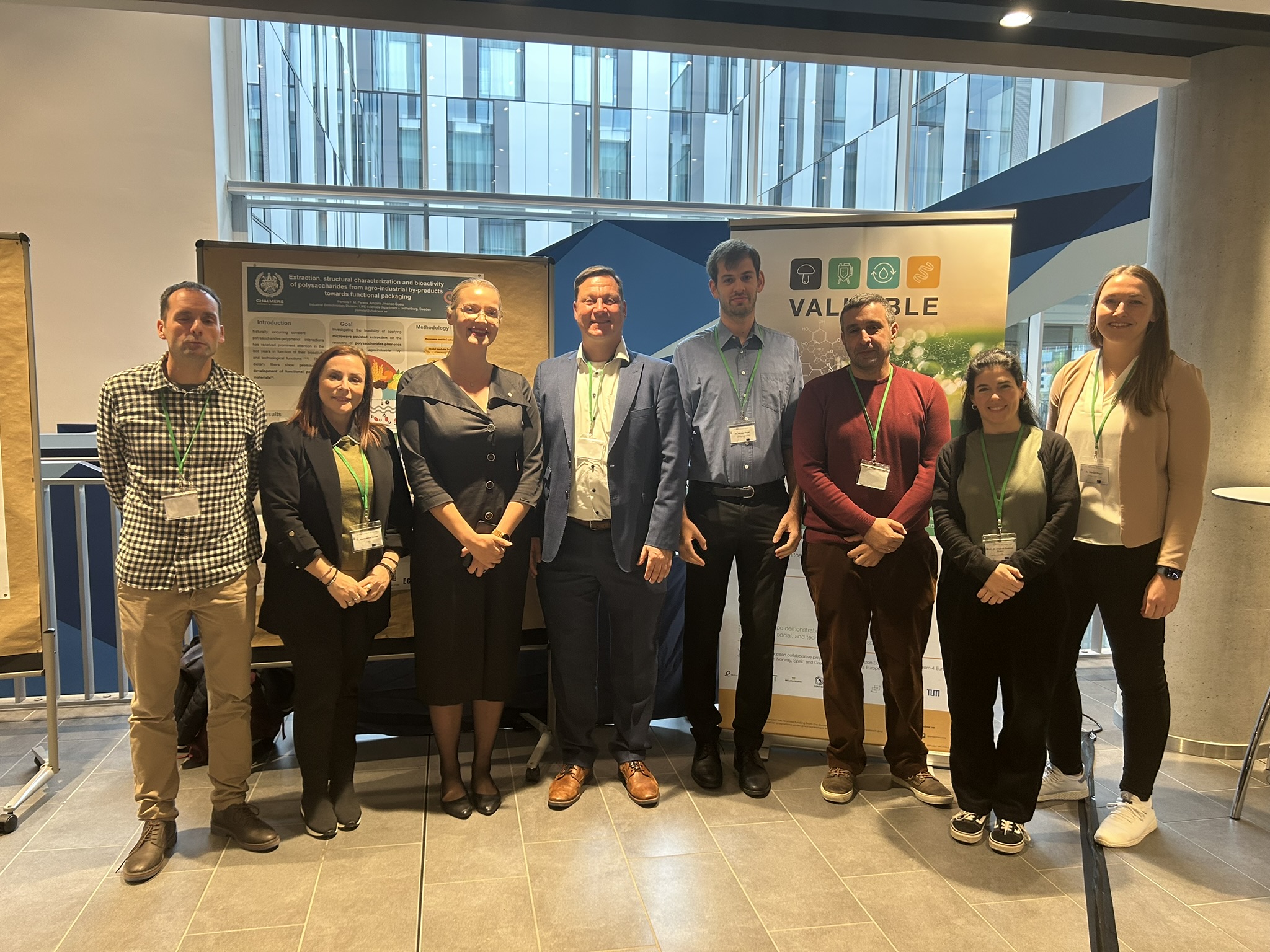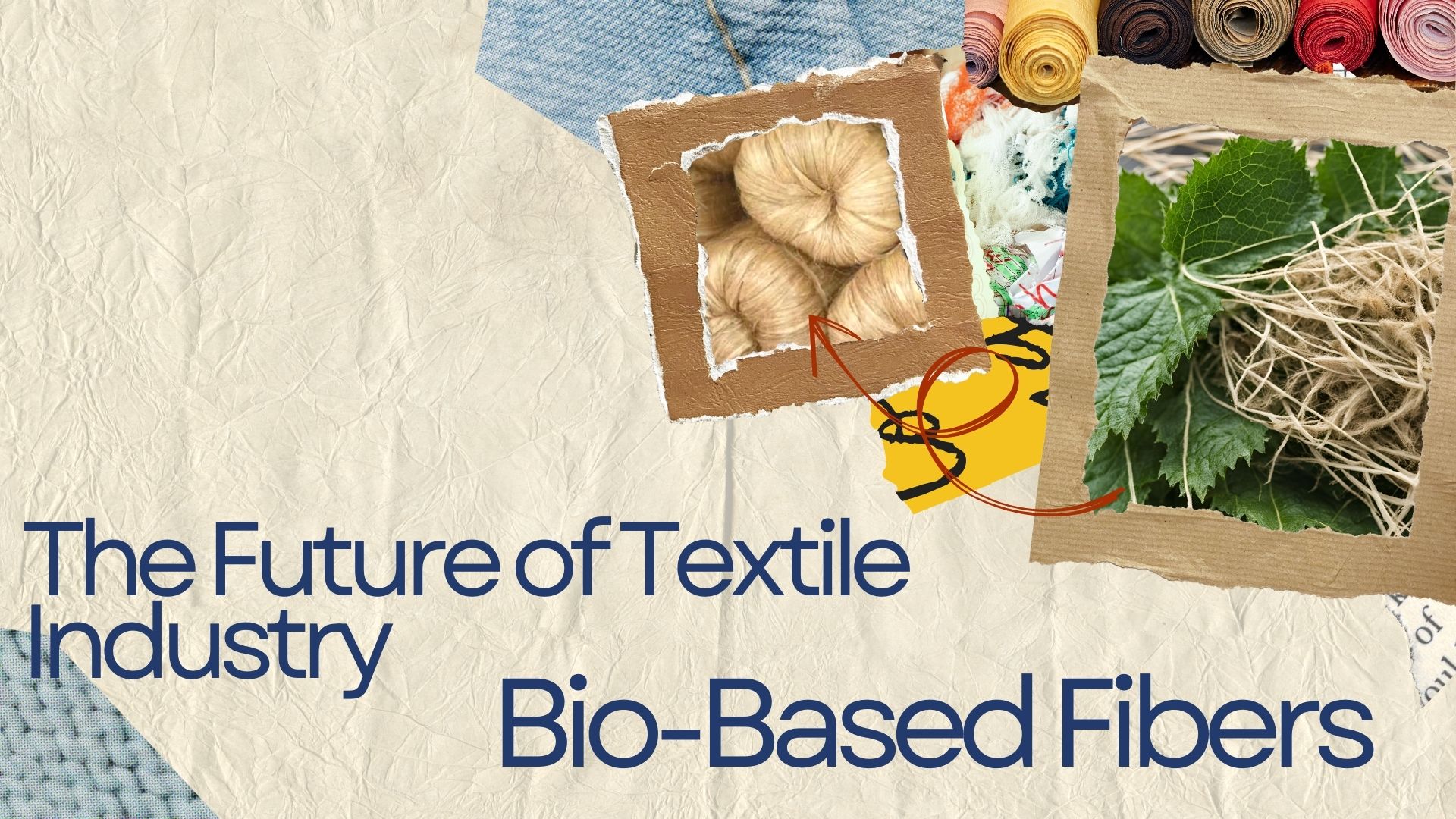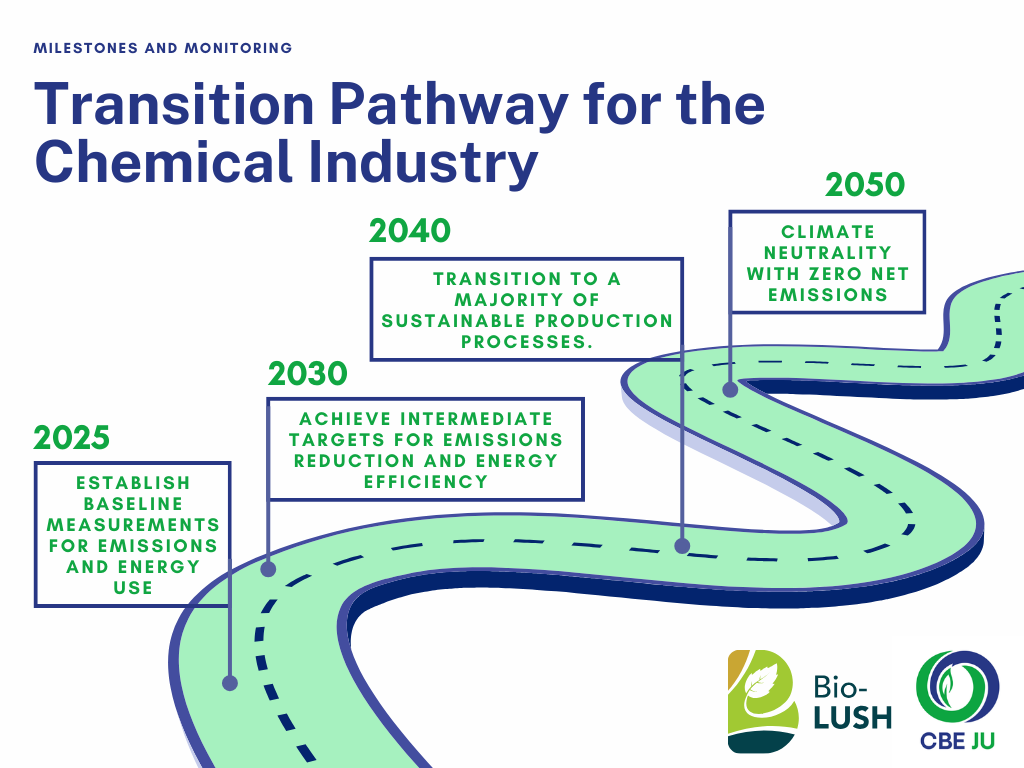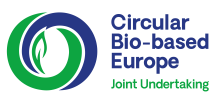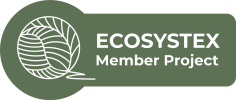The circular economy is like a library, where books are borrowed and returned, instead of being thrown away. As the world develops new technologies and processes, from the circular economy, one specific kind made a step ahead – the biofibrous economy.
The biofibrous economy is a new economic model that focuses on the production and use of bio-based materials. These materials are made from renewable resources, such as plants and trees, and they have the potential to replace many of the fossil fuel-based materials that we use today.
This blog post will introduce you to the Bio-LUSH mission to achieve goals for a healthier future for all.
The Biofibrous Economy: A New Economic Model for Europe
The biofibrous economy is a promising new economic model that has the potential to help Europe address a number of challenges. The current economic model is based on endless growth and consumption and we have already faced some of the consequences. It is causing a number of challenges, including climate change, pollution, resource depletion, inequality, and excessive exploitation.
Bio-LUSH team identified the following challenges:
-Need for a sustainable supply of biomass in sufficient quantities, with reliable and acceptable homogeneity, quality, less sensitivity to climate changes and not competing with agriculture and forestry;
-Lack of standardized and open data on fibres from under-utilized biomass sources in Europe;
-Lack of green, cost-efficient and scalable processing methods for distributed biomass feedstock and its products;
-Gaps in biomass value chains and valorization targeting large-scale applications;
-Lack of confirmation of circular design of biofibre-based products that demonstrate decarbonization and also potentially reduced eutrophication.
Bio-LUSH: Advancing the Biofibrous Economy
To address the challenges and set the wheel of change in motion, the Bio-LUSH project aims to develop a clean process for high-value biomass conversion with low capital expenditure and suitable for small-scale production.
In order to make the transition to biofibrous economy, the project will also develop and scale up biofibres that meet the needs of the manufacturing sector and can be converted to high-value materials such as textiles, food packaging, and composites.
To wrap up, the project will create a common knowledge base for feedstock and sustainable fibers in Europe and will promote participation from citizens, primary producers, industries, and the scientific community in the transition to a biofibrous economy.
Be part of Bio-LUSH’s growing community and sign-up for the newsletter to be the first to know about the project’s achievements. Also, follow us on social media accounts.

